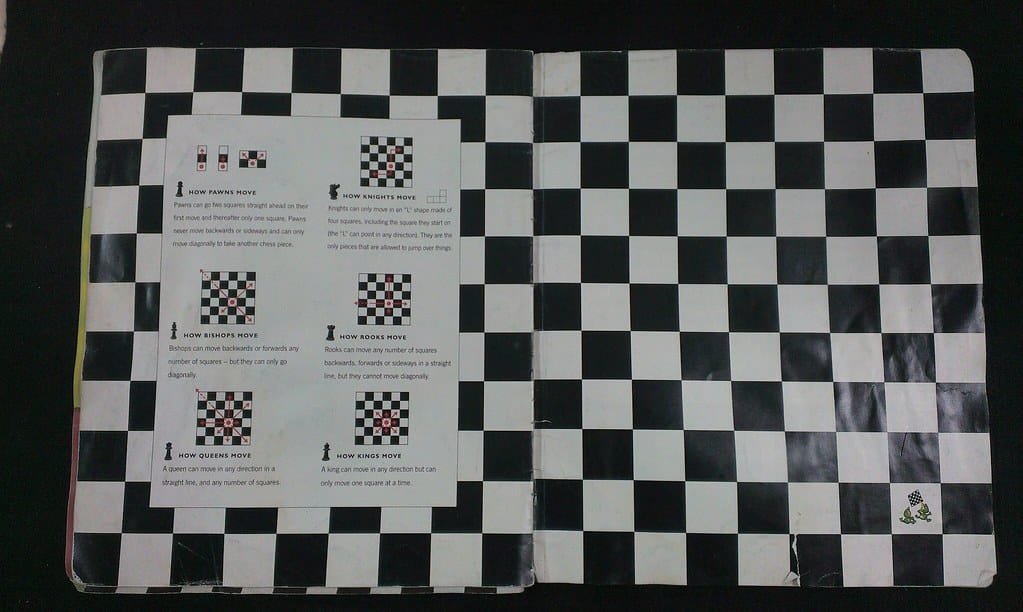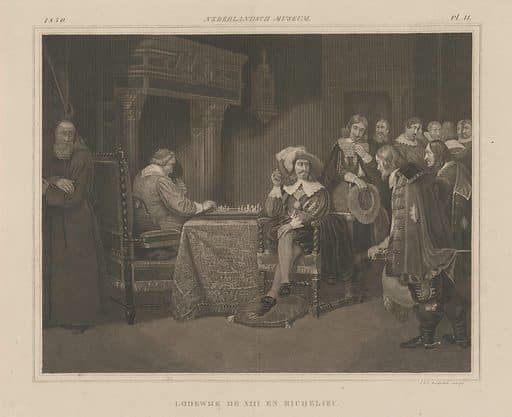Chess is a classic game that has been around for centuries and is still played by millions of people today. Despite its age, the game has evolved over time and new strategies have been developed to improve the game. In this article, we will be discussing the strategy of who goes first in chess. It is an important decision that can have a profound impact on the game, as the player who goes first has a distinct advantage.
Table of Contents
Who goes first chess
Who goes first chess and why? The advantage of the first move varies depending on the type of game being played. In a standard game of chess, the player that goes first has a slight advantage, as they can control the center of the board and plan their moves based on the opponents. However, in more advanced games, the advantage is much greater, as the player who goes first can set up a more powerful position.
In order to determine who goes first chess, there are several methods that can be used. These include the traditional method of flipping a coin or drawing straws, as well as more strategic techniques such as playing a game of chance or using a chess clock.
Who goes first chess? In Chess, the player with the white pieces goes first. This player has the advantage of being able to move first and dictate the pace of the game. The player controlling the black pieces can then react to the moves of the player with the white pieces. Generally, the player with the white pieces is expected to win the game.
The rule of who goes first in Chess is set in stone and there is no way to change it. Although it may seem unfair at times, it is a fundamental part of the game. This rule has been in place for centuries and is seldom broken.
In tournament play, the player with the white pieces is usually determined by a draw of lots. Before the game begins, the players will choose a random number from a hat and the player with the higher number will be given the white pieces. The player with the black pieces will then make the first move.

Who goes first chess is and advantage? It is important to remember that the advantage of going first in Chess is not insurmountable. If a player with the black pieces is careful and strategic in their moves, they can easily overcome the advantage of the player with the white pieces.
Does it matter who goes first in chess?
Who goes first chess it matters? In chess, the player who moves first has the advantage of being able to plan and anticipate the opponent's moves. This is why it is important to know who goes first, as it can affect the outcome of the game. Going first gives the player the opportunity to dictate the pace and direction of the game, as well as gain an advantage over the opponent.
The most common way to determine who goes first is through a coin toss or a roll of the dice. This provides a fair and random way to decide who will go first. Other methods include a game of rock-paper-scissors or having the players draw lots.
Another factor to consider is whether the players are playing with a clock. In timed games, the player to move first usually has an advantage because they can use more of their allotted time while their opponent is still deciding their move.
In some cases, it can be beneficial to let your opponent go first. This is especially true when playing against an inexperienced player, as it gives you an opportunity to observe their moves and adjust your strategy accordingly.
Ultimately, it does matter who goes first in chess, as it can affect the outcome of the game. Knowing the rules for determining who goes first and understanding the implications of going first can help you gain a strategic advantage over your opponent.

How do you decide who goes first in chess?
Chess is a game of strategy and one of the most important decisions is deciding who goes first. Usually, the player who goes first has an advantage, so this decision should not be taken lightly. Generally, it is the player with the white pieces who goes first. The player with the white pieces will start the game by moving one of their pawns forward two spaces. Players can also decide who goes first by rolling a die, flipping a coin, or even playing a game of rock-paper-scissors.
Once the players have agreed on who goes first, the game can begin. The player with the white pieces will make the first move. After that, players take turns moving their pieces and trying to gain an advantage. The player who goes first has an advantage, as they can plan their strategy in advance and try to anticipate their opponent’s moves. The player who goes first does not necessarily win the game, but it does gives them an advantage.
Why does the white go first in chess?
Chess is a two-player strategy game and the goal is to checkmate the opponent's king. The white pieces always go first in chess and the black pieces follow. This long-standing convention is thought to give the white pieces an advantage since they move first and can control the game's development.
One explanation is that it was part of the tradition of chivalry, where the knight would always move first. The white pieces were seen as the “good guys” and the black pieces as the “bad guys”.
The advantage may be small, but it is still there. White can control the game from the start and can choose the opening strategy. This can be used to the white player's benefit, as they can put the black player on the defensive.
The first player to move has an advantage in almost all board games, so it makes sense that white would go first in chess. White's ability to control the game from the start helps to maintain the balance of power and make the game more interesting for both players.
Who goes first black or white?
The debate of who goes first, black or white, often comes up in strategy board games. Board games such as chess, checkers, and go typically have a rule in which the black pieces move first. This is because historically, black has been seen as a more powerful color. The reason for this is that black is associated with the night and darkness, which can be intimidating and mysterious to those playing the game. White, on the other hand, is associated with the day and light, which is seen as being less intimidating.
In some games, such as Reversi and Othello, the rules may be different. In these games, white moves first. This is done to give white players an advantage, since they are often seen as being less experienced than black players. The idea is that by giving white players the first move, they will have a better chance of winning.
In other games, such as Go and Chinese Chess, the players can choose who goes first. This is done to give both players an equal chance at winning the game. In Chinese Chess, for example, the players can decide who moves first before the game begins. This allows both players to strategize and plan their moves before beginning the game.
Conclusion: Who goes first chess is a matter of personal preference. Some players prefer to go first, while others prefer to go second. Ultimately, it is important to understand the advantages and disadvantages of playing either side.
Going first can give players a small advantage in the beginning, but these advantages can be countered with a good strategy. Going second can give players a better understanding of the game and their opponent's strategy.
Ultimately, it is important to choose the side that suits your playing style and preferences. The best way to do this is to play several games with both sides and decide which one you prefer.
If you liked this post about who goes first chess you should read about Chess Chocolate Pieces.






